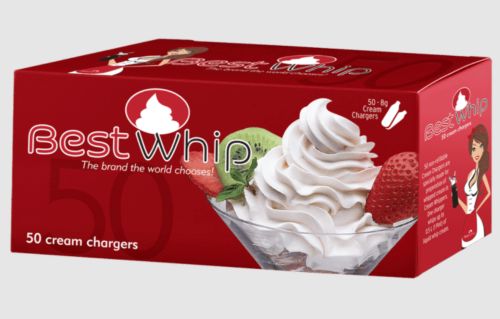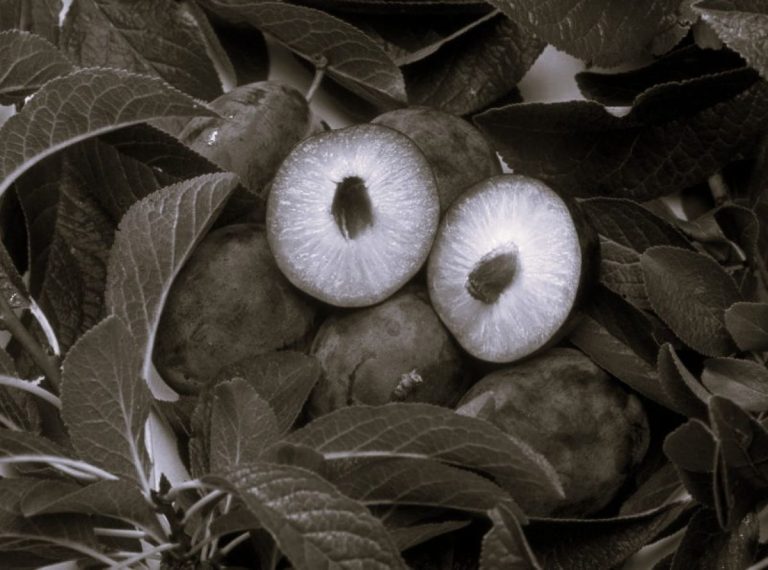

Dessert has always been about indulgence, but in today’s culinary landscape, it’s also about imagination, experience, and artistry. The world of sweet creations is evolving faster than ever, as bakers and pastry chefs push boundaries with daring flavors, unexpected textures, and striking visual presentations. From edible florals and global flavor mashups to futuristic plating and minimalist elegance, desserts have become a form of expression as much as a treat.
Whether you’re a passionate home baker or a foodie who loves following the latest trends on social media, the new wave of dessert innovation offers something for everyone — and it’s as inspiring as it is delicious.
The Rise of Global Flavor Fusion
One of the most exciting developments in modern dessert design is the growing influence of global flavors. Traditional Western desserts are being reimagined through the lens of international cuisines, resulting in creations that are both familiar and refreshingly different. Think matcha tiramisu, yuzu cheesecake, chai macarons, or mango sticky rice pudding.
The fusion trend isn’t just about novelty — it’s about storytelling. Each ingredient carries its own history, and combining flavors from different regions allows chefs to share a piece of cultural heritage through every bite. For example, the tart brightness of calamansi pairs beautifully with the creaminess of panna cotta, while miso and caramel create an umami depth that transforms a simple tart into something extraordinary.
This cross-cultural creativity is being driven by an increasingly globalized food scene. As people travel more and share food experiences online, palates are expanding. Dessert lovers are craving more adventurous options that balance sweetness with spice, saltiness, or tang — a far cry from the one-note sugar bombs of the past.
Minimalist Aesthetics Meet Maximalist Flavor
In contrast to the overly ornate cakes and cupcakes of the early 2000s, modern dessert aesthetics are shifting toward simplicity and restraint. Clean lines, muted tones, and understated decorations are now the mark of sophistication. Yet beneath these minimalist exteriors lies an explosion of complex flavors.
Pastry chefs are focusing on purity of form and taste — a sleek mousse cake with a mirror glaze might contain layers of roasted pistachio sponge, raspberry gelée, and white chocolate ganache. It’s all about surprise and balance. The minimalist approach draws attention to quality ingredients, precision, and texture contrasts rather than relying on heavy frosting or excess sweetness.
The use of natural colorings and subtle textures — like dehydrated fruits, edible petals, and brushed metallics — adds elegance without distraction. These design choices reflect a larger shift in consumer values: authenticity and craftsmanship are replacing the desire for excess.
The Power of Texture: Crunch, Cream, and Contrast
Flavor is only half the story. Texture has become a defining feature of modern desserts. The best pastry chefs now craft desserts with as much attention to mouthfeel as to taste. Layers of crunch, creaminess, chewiness, and airiness create a sensory journey that keeps every bite interesting.
Take, for instance, the popular mille-feuille reimagined with crackling caramelized pastry, airy mascarpone mousse, and a touch of sea salt. Or the combination of soft choux pastry filled with rich custard and topped with crisp craquelin. Even simple desserts like ice cream are being redefined with crunchy add-ins, ripples of salted caramel, or shards of tempered chocolate.
The interplay of textures is a key reason why fusion desserts have become so beloved. A Thai tea crème brûlée or a black sesame soufflé delights not just because of its flavor, but because of how it feels — familiar yet unpredictable.
Whipped Innovations: The Return of Cream-Based Creations
While fondant and buttercream once dominated dessert decoration, a lighter, more versatile alternative is taking center stage — whipped cream and its creative cousins. From nitrogen-infused foams to stabilized whipped toppings infused with herbs or spices, these airy elements bring freshness and elegance to modern desserts.
Whipped textures are no longer just about topping a pie or mousse; they’re being used as integral design components. Picture a swirl of lavender-infused cream over a lemon tart, or a cloud of cardamom foam crowning a dark chocolate dome. These elements add both structure and surprise.
In professional kitchens, the rise of whipped cream artistry has been made easier by tools and supplies that ensure precision and consistency. For those experimenting at home or in small bakeries, finding nangs delivery near me services has simplified access to the tools needed for making high-quality whipped cream quickly and efficiently. This accessibility allows more creators to explore the limitless possibilities of texture, volume, and flavor in their dessert presentations.
The Revival of Edible Art
Desserts are now visual masterpieces. With the rise of Instagram and TikTok, presentation has become just as important as taste. Edible art — from hand-painted cakes and sugar sculptures to isomalt glass and geometric chocolate shards — is captivating audiences worldwide.
But this artistry isn’t about excess for its own sake. The most admired designs balance aesthetics and concept. A galaxy mousse cake, for example, might symbolize exploration and curiosity, while a minimalist white sphere could hide a vibrant passionfruit core — a metaphor for discovery.
Conclusion
Desserts have moved far beyond being simple endings to a meal — they’re now experiences, expressions, and even statements. The latest trends show that the future of dessert lies in bold creativity, cultural storytelling, and thoughtful craftsmanship.
From the play of texture and temperature to the fusion of flavors across continents, dessert makers are rewriting the rules of indulgence. The best part? Anyone can join in. Whether you’re an aspiring baker experimenting in your kitchen or a seasoned chef looking to impress, these trends invite you to think outside the cake box.


